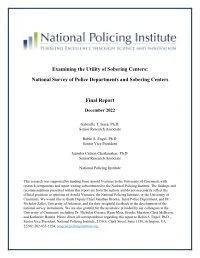by Trevor Johnston, Erik E. Mueller, Irina A. Chindea, Hannah Jane Byrne, Nathan Vest, Colin P. Clarke, Anusree Garg, Howard J. Shatz
Violent nonstate actors (VNSAs) obtain money from multiple sources, both licit (e.g., donations and legitimate businesses) and illicit (e.g., extortion, smuggling, theft). They use that money to pay, equip, and sustain their fighters and to provide services to local populations, which can help build support for the groups, allowing them to extract resources, gain safe havens, and challenge state authority and territorial control. In this way, financial resources can prolong conflicts and undermine stabilization efforts after the fighting ends. Countering VNSA financing plays a critical role in degrading such organizations. Various means are available to disrupt financing. These include kinetic means, such as destroying resources or neutralizing leadership, and nonkinetic means, such as targeted financial sanctions and legal remedies. The counter–threat financing (CTF) tools that work best for transnational groups may not work as well for national ones, and some tools may prove counterproductive in certain situations. Which tools to use in a given case is not always obvious. The authors draw lessons from efforts against five VNSA groups to discover, in each case, how they financed their activities and for what purposes, as well as which methods to counter this financing worked best and which were counterproductive. The authors then consider what the U.S. Army can do to support counter–terrorism financing efforts.
Santa Monica, CA: RAND, 2023. 386p.





















